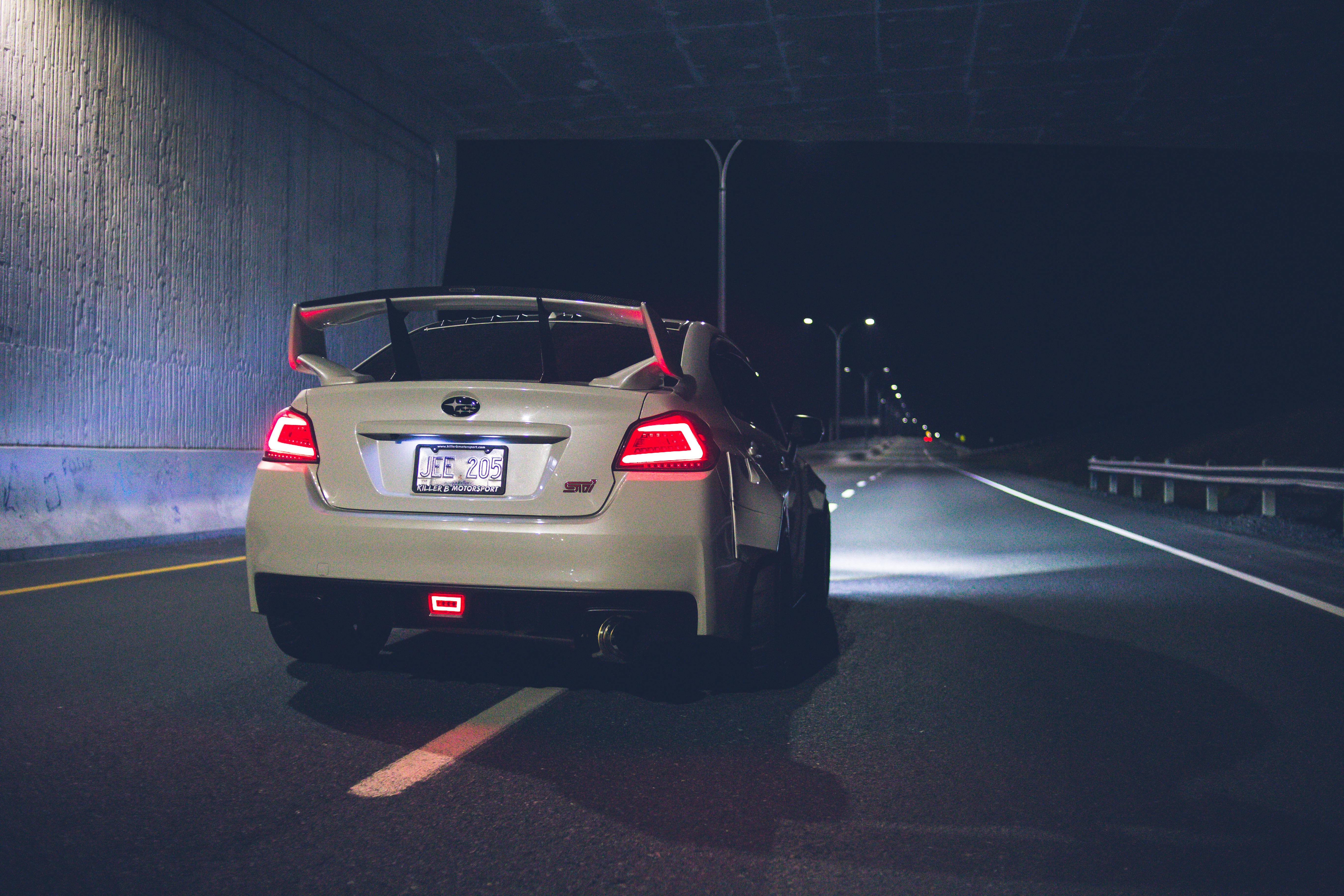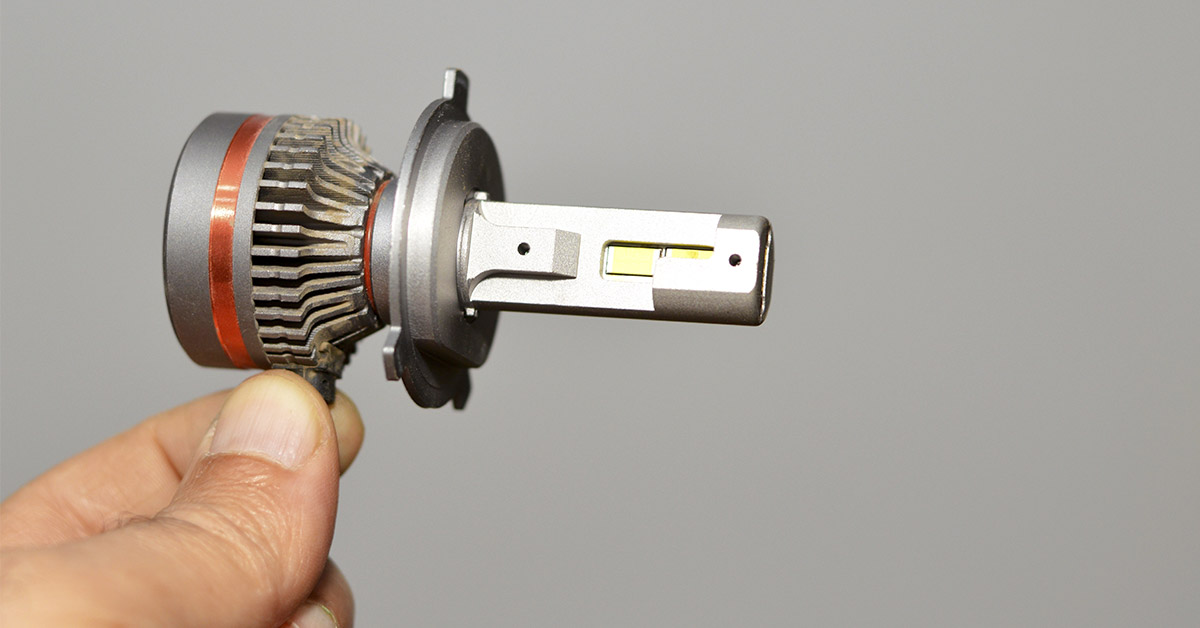Massachusetts has recently taken a firm stand on the use of bright LED headlights by banning certain aftermarket versions of these lights on vehicles. The rise in popularity of bright LED headlights, especially those installed outside of manufacturer specifications, has led to increasing safety concerns on the roads. This new legislation is aimed at reducing glare that impairs driver vision and makes nighttime driving dangerous. Drivers across the state are already expressing relief and approval as the ban promises a safer and more comfortable driving experience.
The Problem with Aftermarket Bright LED Headlights
Bright LED headlights have become a popular upgrade for many vehicle owners who want their cars to look modern and drive with better illumination. These LED bulbs are known for their energy efficiency and long lifespan compared to traditional halogen bulbs. However, many of the aftermarket versions are not designed or tested according to strict safety standards. When installed improperly or used in housings meant for halogen bulbs, bright LED headlights can emit an excessive amount of glare. This glare can blind oncoming drivers and those in front of the vehicle, increasing the risk of accidents and road rage incidents.
Because of this, states like Massachusetts have started cracking down on the use of these overly bright lights. The goal is to ensure that vehicles use lighting that is safe not only for the driver but also for everyone else sharing the road.

Massachusetts Takes Legislative Action
The Massachusetts Legislature recently passed a bill that prohibits the installation of aftermarket bright LED headlights unless they come as part of a full, manufacturer-approved headlight assembly. This means that simply swapping halogen bulbs for bright LED ones is now illegal unless the entire headlight unit is designed and certified for use with LED technology.
The law also gives police officers the authority to stop vehicles with non-compliant lighting and issue fines. Additionally, drivers may be required to remove or replace illegal bright LED headlights to pass vehicle inspections. This stricter enforcement is intended to reduce glare-related accidents and improve overall road safety.
Why Drivers Are Cheering the Ban
Many drivers in Massachusetts have welcomed the ban on bright LED headlights. For years, complaints about the blinding glare from improperly installed LEDs have been common. Motorists have described situations where they are temporarily blinded when another vehicle approaches with overly bright headlights, forcing them to slow down or swerve dangerously.
One of the most frequent frustrations has been the inconsistent quality and brightness levels of aftermarket LED bulbs. Since many of these products are sold without regulation, some drivers unknowingly install headlights that are far too bright for safe use on public roads.

The new law provides clarity and assurance that headlights on the road will meet safety standards. Drivers who have been affected by the glare now feel safer and more confident when driving at night. The reduced risk of glare-related accidents is a win for everyone.
How Bright LED Headlights Can Affect Safety
While bright LED headlights can improve visibility for the driver who installs them properly, the negative side effects are significant when the lights are not suited to the vehicle. The problem mainly arises when bright LED bulbs are used in housings designed for halogen bulbs. The different beam patterns cause scattered and unfocused light that hits other drivers directly in their eyes.
This glare can cause temporary blindness, making it difficult for drivers to see the road or obstacles clearly. It increases reaction times and the chance of collisions, especially on highways or in low-visibility conditions. Pedestrians and cyclists are also put at risk from impaired driver vision caused by these lights.
Massachusetts’ ban aims to ensure that all headlights produce a focused and regulated beam that illuminates the road effectively without blinding others. This balance between visibility and safety is crucial for preventing accidents and improving the driving environment.
Read More: LED Lights Can Cause Irreversible Eye Damage, According to French Health Authority
What the New Law Means for Vehicle Owners
Under the new Massachusetts regulations, vehicle owners who want to upgrade their headlights must ensure that any bright LED headlights are part of an approved headlight assembly. This generally means purchasing complete LED headlight units from manufacturers who have certified the product for their specific vehicle model.
Simply replacing bulbs with aftermarket LED replacements that are not certified will no longer be legal. Drivers caught using illegal bright LED headlights can face fines and may be required to revert to compliant lighting.

Vehicle inspectors will also check headlights during safety inspections to confirm compliance. This added scrutiny means drivers must be more careful about modifications that involve lighting.
The Role of Vehicle Inspectors and Law Enforcement
The enforcement of this law will rely heavily on vehicle inspection stations and law enforcement officers. Police will have the authority to pull over vehicles emitting excessive glare from bright LED headlights and issue citations. During annual safety inspections, inspectors will look closely at the headlights to ensure they meet state standards.
This enforcement aims to discourage unsafe modifications and promote compliance. The threat of fines and failed inspections provides a strong incentive for drivers to choose proper, approved lighting options.
The Broader Context of Headlight Regulations
Massachusetts is not alone in addressing the issue of bright LED headlights. Other states and countries have also raised concerns about the safety risks of unregulated aftermarket lighting. The automotive lighting industry has been evolving rapidly, with LED technology becoming more affordable and widespread.
At the same time, regulations must adapt to balance innovation with public safety. Manufacturer-approved LED headlight assemblies are tested to ensure their beams meet safety standards, but aftermarket bulbs often lack this verification.
Massachusetts’ ban highlights the need for responsible regulation as vehicle technology changes. It also emphasizes the importance of educating drivers about safe upgrades.
Read More: 12 States Aim to Phase Out Gas Cars While Demand Persists
What Drivers Should Know About Bright LED Headlights
For drivers considering bright LED headlights, it is important to understand the difference between certified assemblies and aftermarket bulbs. Manufacturer-approved LED headlights come as complete units designed for specific vehicle models. They have proper beam patterns that illuminate the road without blinding other drivers.
Aftermarket LED bulbs sold as replacements may not fit housings correctly or produce uncontrolled glare. Installing these bulbs may put the driver at risk of fines and create dangerous road conditions.
Drivers should always check local regulations before upgrading headlights and consider purchasing full LED headlight assemblies that are certified for their vehicles. Proper installation by professionals is also recommended.

Looking Forward: A Safer Driving Environment
Massachusetts’ ban on bright LED headlights represents a positive step toward improving road safety and reducing glare-related accidents. Drivers across the state are already expressing relief and hope that nighttime driving will become less stressful and hazardous.
The legislation serves as a model for other states considering similar measures to regulate vehicle lighting. By enforcing standards and discouraging unsafe modifications, the roads become safer for everyone.
In the future, as vehicle lighting technology continues to improve, regulations will need to keep pace. For now, Massachusetts has set a clear precedent that driver safety comes first, and that includes controlling the brightness and glare of headlights.
Disclaimer: This article was created with AI assistance and edited by a human for accuracy and clarity.

